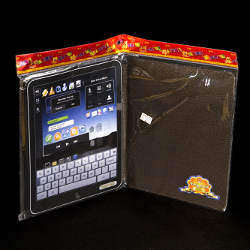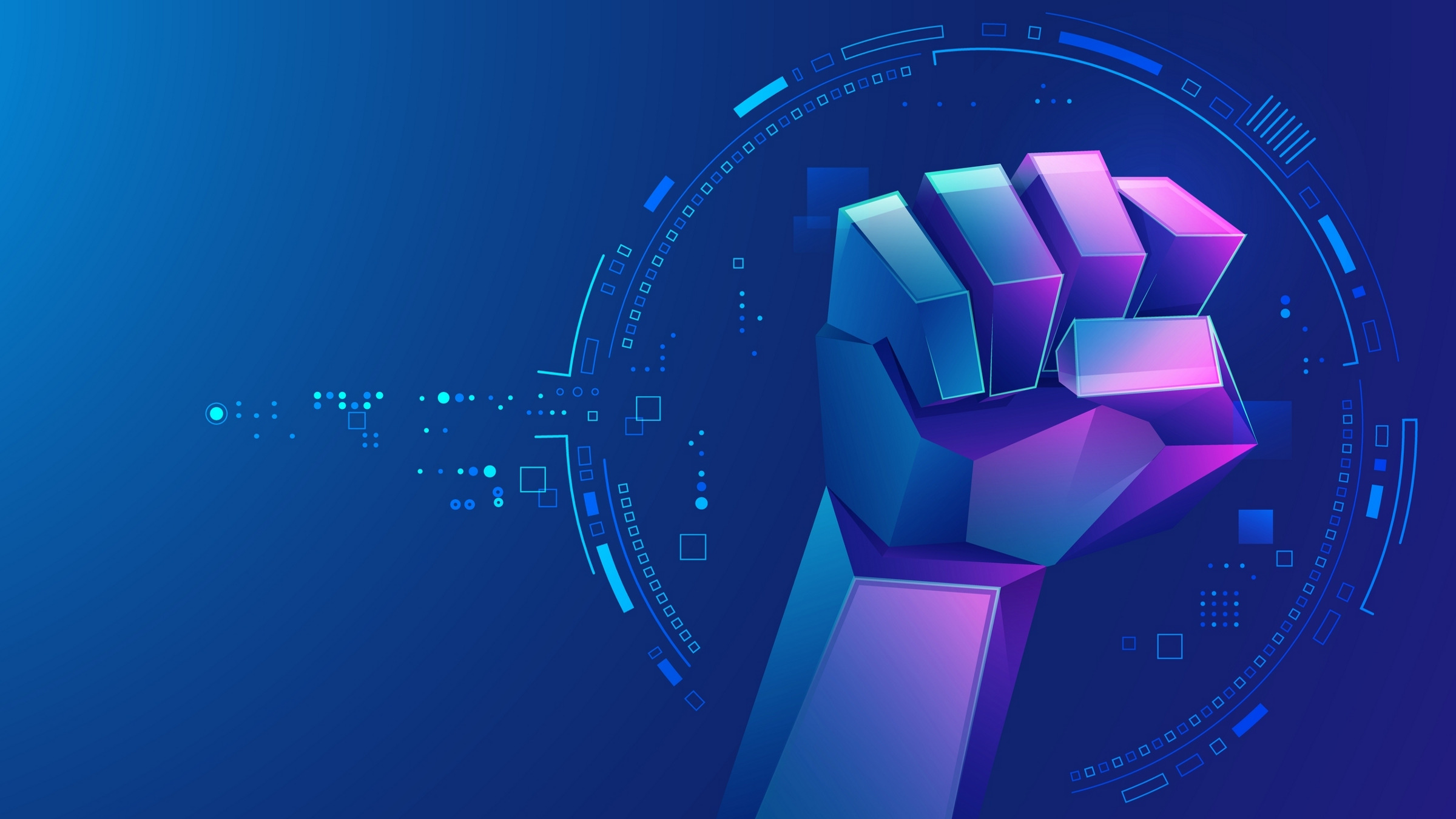
In 1997, Steve Jobs rejoined the Apple he had left years earlier. For the next 14 years, he led that company to create technology that found a global audience. Indeed, the period of his leadership coincided with astonishing changes in the profile of technology users. In 1998, more than 75% of the world’s Internet users were in the U.S., today it is less than 15%. The complexion of the Web—its users, their desires, their languages, points of entry and experiences—has subtly and not so subtly changed over that period. All these new online participants bring with them potentially different conceptual models of information, knowledge, and knowledge systems with profound consequences for the ideological basis of the Net. These new participants also operate within different regulatory and legislative regimes, which will bring markedly different ideas about how to shape what happens online. And in this same time period, the number and kind of digital devices in people’s lives has grown and changed. Devices have proliferated with ensembles and debris collecting in the bottom of backpacks, on the dash-boards of dusty trucks, and in drawers, cabinets, and baskets.
Many of those devices owe their contours, if not their direct production, to Apple and Steve Jobs. In the days that followed Steve Jobs’ death, he was frequently compared to Henry Ford and Thomas Edison, inventors both and men who helped shape the American landscape. But Jobs was an inventor who came of age in a very different world, one where it was possible to make products that would find their place in living rooms from Bakersfield to Beijing and many points in between. Furthermore, Jobs was much clearer than Ford or Edison that he was creating experiences, not technologies or products. He, and Apple, were creating a new symbolic register in which we all might participate, even if we all didn’t purchase.
As an anthropologist, I am always interested in this notion of symbols, and I have collected all manner of things along the way. My fondest collection, by far, is that of paper offerings from Chinese funerary goods stores. In traditional Chinese culture, people burn paper offerings for gods, ghosts, and ancestors. There are paper objects for religious occasions, for festivals, for ceremonial events—part of both public worship and private devotion. In this cosmology, or world view, fire transforms all these paper objects into real things in the other world. At funerals, and during Qingming—a yearly festival at which ancestors and family are honored—you burn paper money, paper gold nuggets, paper clothes, paper cars, paper cigarettes, paper beer, paper pork buns, paper false teeth; and even a range of everyday household items. In Shanghai in the 1930s, wealthy families burned full-sized paper copies of Rolls Royce and Bentley cars to ensure their ancestors had appropriate transportation. Family obligations, in this world view, do not end with death. Instead, as a good child, you take care of your family and see to their needs in perpetuity. Today, in many Chinese communities around the world, a range of newer information and communication technologies have been added to the pyre of paper goods.
And over the years, in funerary goods stores in Penang, Ipoh, Kuala Lumpur, Singapore, Hong Kong, and even New York City, I have found all manner of paper technologies—a desktop PC with a Windows operating system, USB ports, and a mouse; a flat panel LCD TV screen with a remote control and HDMI outputs; game consoles with all the buttons and hints of small blinking lights; and a branded mobile phone, prepaid phone cards, a charger and a carrying case. The products are always subtly re-branded—Nakia, Panosonic—and the logos are tweaked, but they are recognizable technology.
Queuing up to buy a paper iPad for your dead relatives was a quintessential expression of filial piety, an act of love and care.
On my first field trip years ago, as I bought my first paper Nekia candy-bar phone, I had to ask the question: “Who are the ancestors calling, are they calling you?” This question made one woman laugh out loud. “No,” she said emphatically, “don’t be foolish; they are calling each other.” At least one other family I spoke with told me of upgrading their ancestors’ mobile phones every year during Qingming—burning them a newer model or a better brand—and of providing them with more prepaid minutes. Keeping up and keeping connected are pressures that can, apparently, transcend death. I have learned to see these stores, and the things they sell, as a proxy for what is desirable in the world of the living. I sometimes think you can visit these stores and know all you need to know about people’s daily preoccupations and their aspirations.
I was in Malaysia and Singapore doing fieldwork in the run-up to Qing-ming this year and the stores were full again of this year’s aspirations and desires. I happened into one such store in Singapore near Toa Payoh with its famous beef noodles. I poked around the store—paper Hermès suitcases, paper automatic foot-massage machines, paper Mercedes cars with capped driver, full paper suitcases of paper clothes, and paper piles and piles of money were also on display. And then tucked in a corner, I spied the first paper Apple product I have ever seen—a paper iPad complete with paper leather traveling case and the smudges of fingerprints on the paper screen, the logo tweaked to have two bites out of the apple. There were only two and by the usual economies of the store, they weren’t cheap. More expensive than the phones and the foot-massage machine, but I bought them both. Chatting with the shopkeeper, I asked: “Why so few iPads?” He laughed and said “Well, they are iPads—they are scarce.” Retelling this story to colleagues in Penang several days later, revealed a similar shortage. Laughingly, Penang residents said: “That’s nothing. Here the newspapers carried the addresses of the stores that had iPads and iPhones and people actually queued to get them, and they sold out. We even posted on Facebook looking for extras.” The dead it appears also like Jonathan Ive’s sleek lines and Steve Jobs’ extraordinary vision.
It was clear in that moment that Apple products had crossed the line between mere technologies and beloved object, they had become something you would not live without, or indeed be dead without. They were as valuable a purchase for your ancestors as for you. And queuing up to buy a paper iPad for your dead relatives was a quintessential expression of filial piety, an act of love and care. Those paper iPads and iPhones that were burned this year remind us that Apple under Steve Jobs’ leadership wasn’t just making technology; it was making experiences, and those experiences transcend death.




Join the Discussion (0)
Become a Member or Sign In to Post a Comment